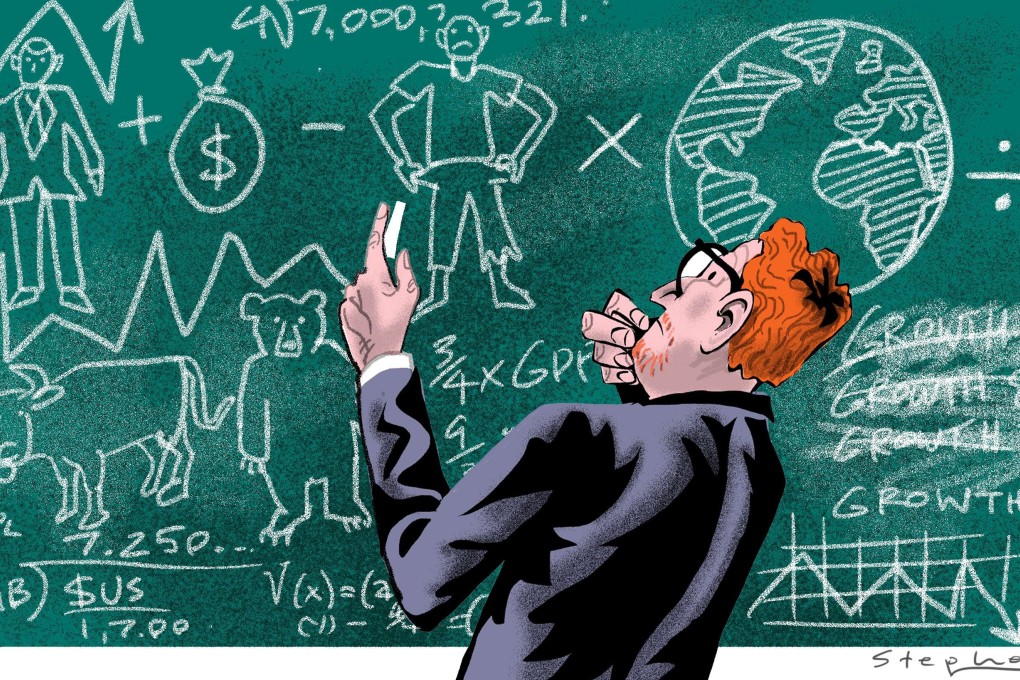Post 2008, the world must redefine the maths of economic success as we adapt to tough new realities
Ruchir Sharma says while we are unlikely to see a repeat of China’s long run of double-digit growth in the near future, every era has its winners


The battle to attract migrant talent turned into a campaign to keep out immigrants
Then came 2008. The years BC gave way to the years AC. After the Crisis, the expectation of a golden age gave way to a new reality. Hype for globalisation yielded to mutterings about “deglobalisation”. Countries turned inward. The battle to attract migrant talent turned into a campaign to keep out immigrants. The G20 nations have imposed hundreds of new barriers to trade, helping to slow the growth rate of international trade from 8 per cent before the global financial crisis to near zero. Big international banks have pulled back to within their home borders, afraid to loan overseas, and global capital flows have fallen eightfold to just 2 per cent of global GDP, a level last seen in the early 1980s.

Calm before the storm: how central banks are brewing the next financial crisis
When flows of trade and money dry up, so does economic growth. The global economy grew at a rate of about 3.5 per cent for most of the postwar era, but that pace has since fallen sharply and is teetering perilously close to 2 per cent, the level that feels like a global recession. Excluding China, emerging nations are now growing at an average pace which is slower than the United States. The average income of emerging countries from Russia to Brazil is no longer catching up to that of the world’s leading economy.
The AC era has seen the weakest global recovery of the postwar period, but it has been accompanied by a market boom. To fight the global slowdown, central banks have been pumping out easy money, which has pushed the prices of stocks, bonds and other financial assets to record highs. Because the rich own most of these assets, inequality is widening and spreading. In a study of 46 major countries, Credit Suisse found that, before 2007, wealth inequality was on the rise in 12 nations; after 2007, that number more than doubled to 35, from China and India to Italy and Britain. In that short time, the global population of billionaires has doubled to nearly 2,000.
Poor and middle-class voters are angry, tossing out seated leaders
The dream that prosperity would spread freedom and democracy has faded too. Poor and middle-class voters are angry, tossing out seated leaders, whether they are on the left or the right. Among 20 top emerging and developed nations, the median approval rating of the incumbent leader has fallen from 54 per cent in 2006 to 37 per cent.